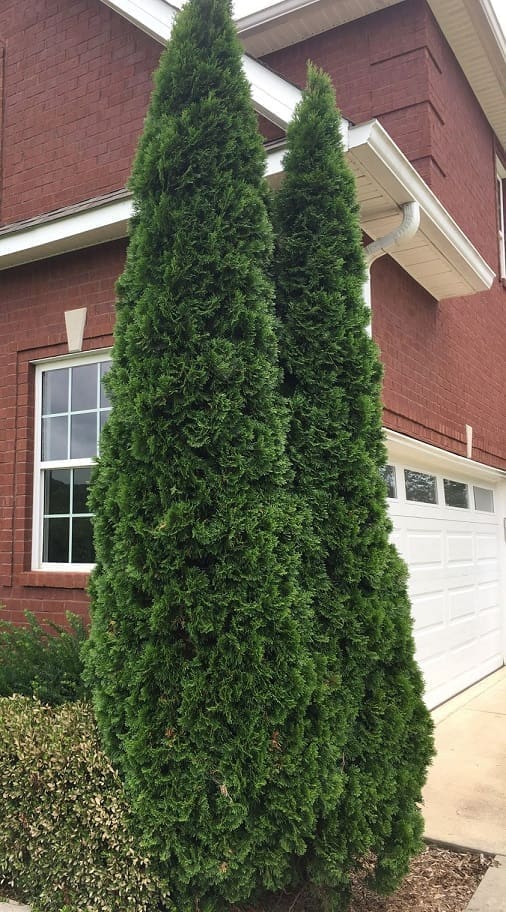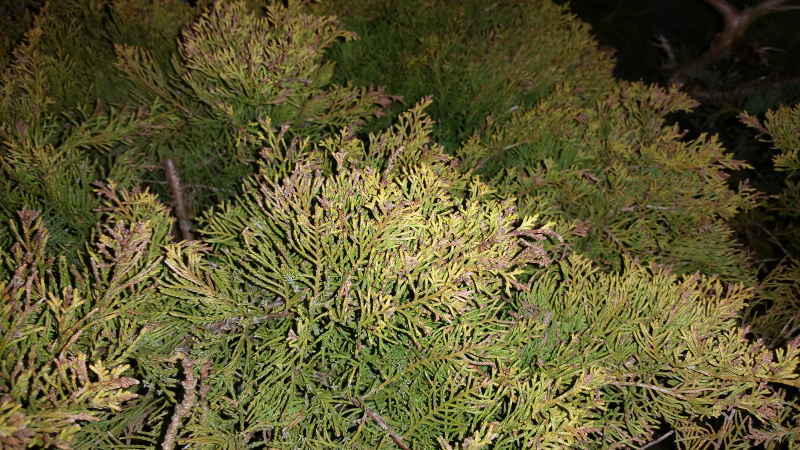
x aquipernyi, ‘Carolina Sentinel’ Fragrant tea olive, Osmanthus fragrans Fortune’s tea olive, O. Relliable non-natives include a universe of hollies: ‘Foster’s’ holly ‘Savannah’ holly (both cultivars of Ilex x attenuata, itself a cross between two native species ) Ilex ‘Nellie R. Good candidates include our native yaupon holly, Ilex vomitoria wax myrtle, Myrica cerifera narrow cultivars of Southern magnolia, Magnolia grandiflora, such as ‘Little Gem’ (also in danger of becoming over-planted) and the somewhat larger ‘Alta,’ ‘Edith Bogue,’ and ‘Teddy Bear,’ and Sweetbay magnolia, m. This is already happening with columnar arborvitae cultivars such as Emerald Green, Thuja occidentalis, ‘Smaragd’. Planting another monoculture may well lead to new problems. In looking at alternatives, the first rule should be to consider the plural-substitute s and alternative s.

Death will inevitably march down the entire row. These pests can kill the trees, and because of their mature height, there is no feasible treatment once any of them infect the tree. Bagworms and spider mites are serious insect pests. The major problems are several varieties of fungus or mold that cause different maladies: canker, needle blight, and root rot. According to Clemson University’s, Cooperative Extension Service problems with established Leyland cypress trees began emerging several years ago, and the incidence of damage from disease and insect pests has increased every year. Combined with monoculture planting, this creates ideal conditions for minor diseases and pests to become serious. To add to the tree’s woes, it is frequently planted where it has no chance to thrive, such as sites with poor drainage or insufficient sunlight. Why not plant a tree that matures at 20’ instead? The tree can be pruned to maintain it at a smaller size, but who wants the expense and labor of annual attempts to keep a 70’ tree confined to 20’? Amateur pruning can lead to comical results. The result is death of the branches and with them, death of the screen. When the plants are so close, they usually do not receive enough sunlight on their lower branches. When the tree takes all the water and nutrients, nothing is left for the adjacent lawn or other plants.Ī single row of trees spaced about 4’ off center is far too close for a tree that has a natural width at maturity of 20’ or more. The tree needs everything the soil has to offer to support its prodigious growth rate. Another disadvantage of this exceptional vigor is that the tree robs the surrounding soil of moisture and nutrients. The result is a 60-70’ tall tree within a few years. In fact, under normal landscape conditions, it is the fastest growing conifer on earth, typically adding 4’ per year in height or more in its youth. As indicated by the “x’ in its botanical name, Leyland Cypress is a hybrid, and, as is the case with many hybrids, it shows unusual vigor.

The Leyland Cypress, x Cupressocyparis leylandii, makes for a difficult screening plant.


 0 kommentar(er)
0 kommentar(er)
